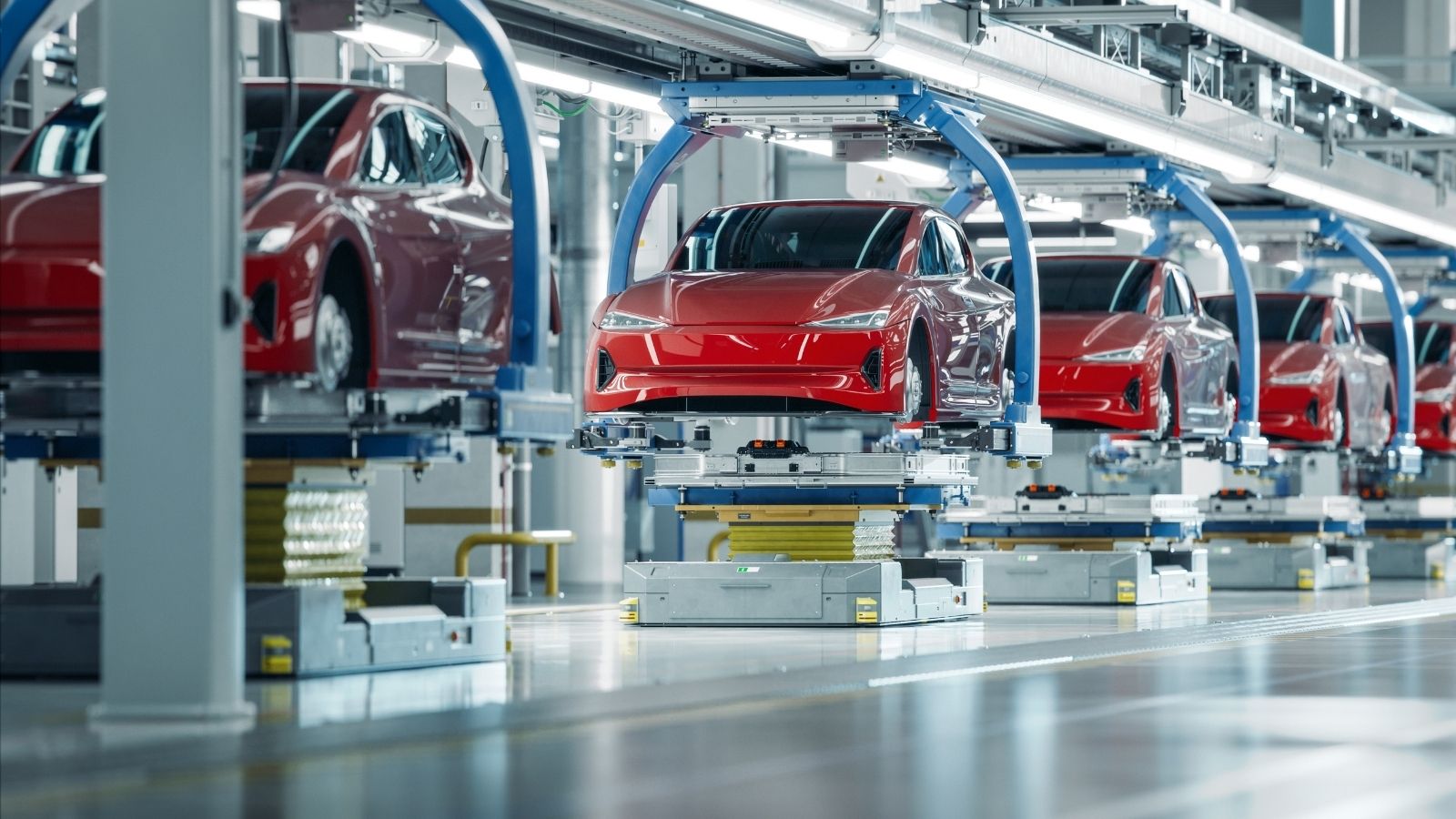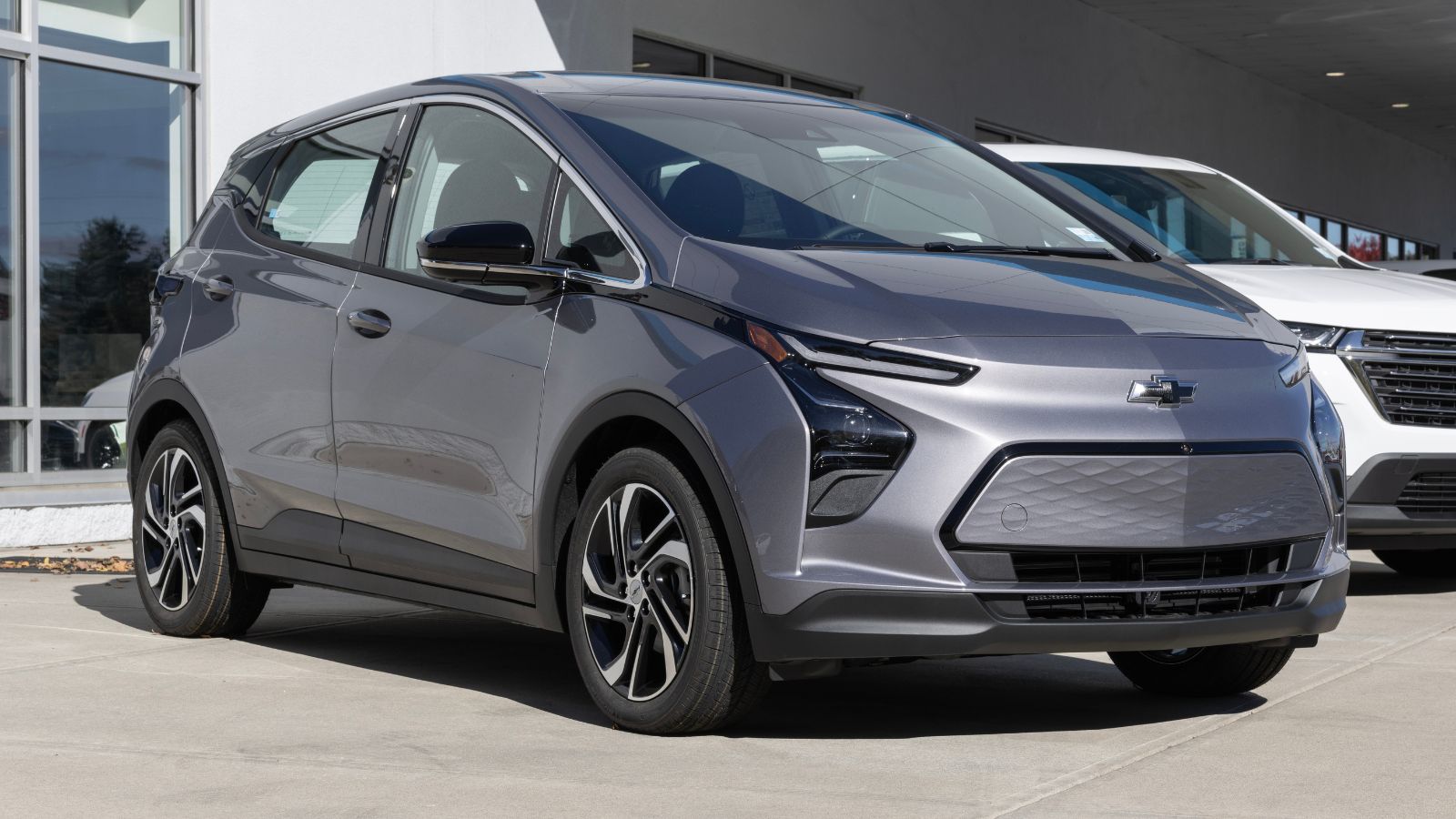Canada has pushed hard to grow its electric vehicle industry, offering public funding, tax incentives, and support to any manufacturer willing to build EVs, batteries, and supply chains inside the country. For years, Ford and General Motors benefited from these programs and presented themselves as long term partners in Canada’s automotive future. But now, both companies are scaling back their plans for EV production in Canada, including reduced output targets for 2025. That decision has frustrated the Canadian government and opened the door for foreign rivals to gain the same incentives without the same commitments. The balance of power in Canada’s EV industry is shifting, and it may not favor the traditional Detroit giants.
A Policy Shift That Changes the Landscape

Canada originally structured its EV incentive plans to encourage North American automakers to build production infrastructure inside the country. Public funds were allocated to help retool factories, secure critical mineral supply chains, and train workers. Ford and GM were among the first to benefit and received government support to modernize Ontario manufacturing for EV and battery production.
However, recent adjustments now allow any automaker that builds inside Canada to access similar support. This includes companies headquartered overseas. It is no longer a system that prioritizes historic North American manufacturers. The government’s stated goal is to increase production capacity, competition, and consumer choice. But for Ford and GM, the strategic edge they once counted on no longer exists.
Reduced EV Production Plans Spark Government Frustration

The tension increased sharply when Ford and General Motors reduced their 2025 EV production plans in Canada. Both companies signaled a slower rollout due to softer sales forecasts and the rising cost of battery development. However, these scaled back commitments came after the companies had already received public funds to support EV expansion.
Wasted Investments For Canadians

Canadian officials were expecting stronger follow-through. The government had tied part of the country’s long term EV strategy to these very investments. Now, with Ford and GM stepping back at a crucial moment, the federal and provincial governments feel as though they supported these companies only to see them hesitate when market pressure increased.
In short, Canada paid for momentum that is now stalling. That frustration is influencing the policy recalibration happening today.
Foreign Competitors Move In Quickly

With the policy framework now open to more global manufacturers, several foreign companies are moving rapidly to establish operations. Some come with more direct EV experience and existing supply chain capacity. Others see Canada as a strategic foothold for the entire North American market.
These companies often operate leaner, move faster, and can undercut pricing in ways Ford and GM cannot match easily. The government’s willingness to welcome their investment only increases the pressure. Automakers that once had to compete from a distance may now compete from inside Canada’s borders.
Ford and GM Lose the Advantage They Counted On

Ford and GM invested heavily in EV development and factory restructuring under the expectation that North American companies would maintain early leadership and preferential government backing. By reducing production plans, they may have weakened the very argument that justified that support.
They are now transitioning from being the favored partners in Canada’s EV buildup to being two players in an increasingly crowded field. The companies paid billions to establish early EV infrastructure, but the benefits of being early may now be shared by newcomers.
What Canadian Drivers Gain in the Short Term

More automakers building inside Canada could mean better pricing, more model options, and faster access to new EV technology. Buyers benefit when competition grows. It also strengthens domestic supply chains and reduces dependence on imported vehicles.
However, if Ford and GM reduce hiring or pull back long term investment, Canada risks losing skilled manufacturing jobs and weakening a long standing automotive ecosystem. The government now must balance affordability and access against the stability of the industry it is trying to grow.
Will North American EV Leadership Slip

Ford and GM have spent the last decade trying to reinvent themselves as leaders in the electric era. They built new platforms, battery plants, and charging initiatives. Yet they are still learning how to balance EV demand, production cost, and profitability. Meanwhile, newer global players may not be burdened by legacy labor costs or decades of internal restructuring.
Canada’s policy shift highlights a larger question: will North America lead the EV transition or compete to stay near the front?
A Turning Point for the Industry

This moment represents more than a dispute over incentives. It marks a turning point where Canadian policy, global competition, and corporate strategy all intersect. Ford and GM still have strong roots in Canada. They still have the engineering talent, brand recognition, and manufacturing knowledge to remain major forces.
But the landscape is no longer shaped to protect them. They must now prove their commitment not only through plans but through continued investment and visible production output.
The message from Canada is clear. Partnership is not guaranteed. Public support is not permanent. The future of the EV market will belong to the companies willing to build boldly, consistently, and on schedule.
25 Facts About Car Loans That Most Drivers Don’t Realize

Car loans are one of the most common ways people fund car purchases. Like any other kind of loan, car loans can have certain features that can be regarded as an advantage or a disadvantage to the borrower. Understanding all essential facts about car loans and how they work to ensure that you get the best deal for your financial situation is essential. Here are 25 shocking facts about car loans that most drivers don’t realize:
25 Facts About Car Loans That Most Drivers Don’t Realize
